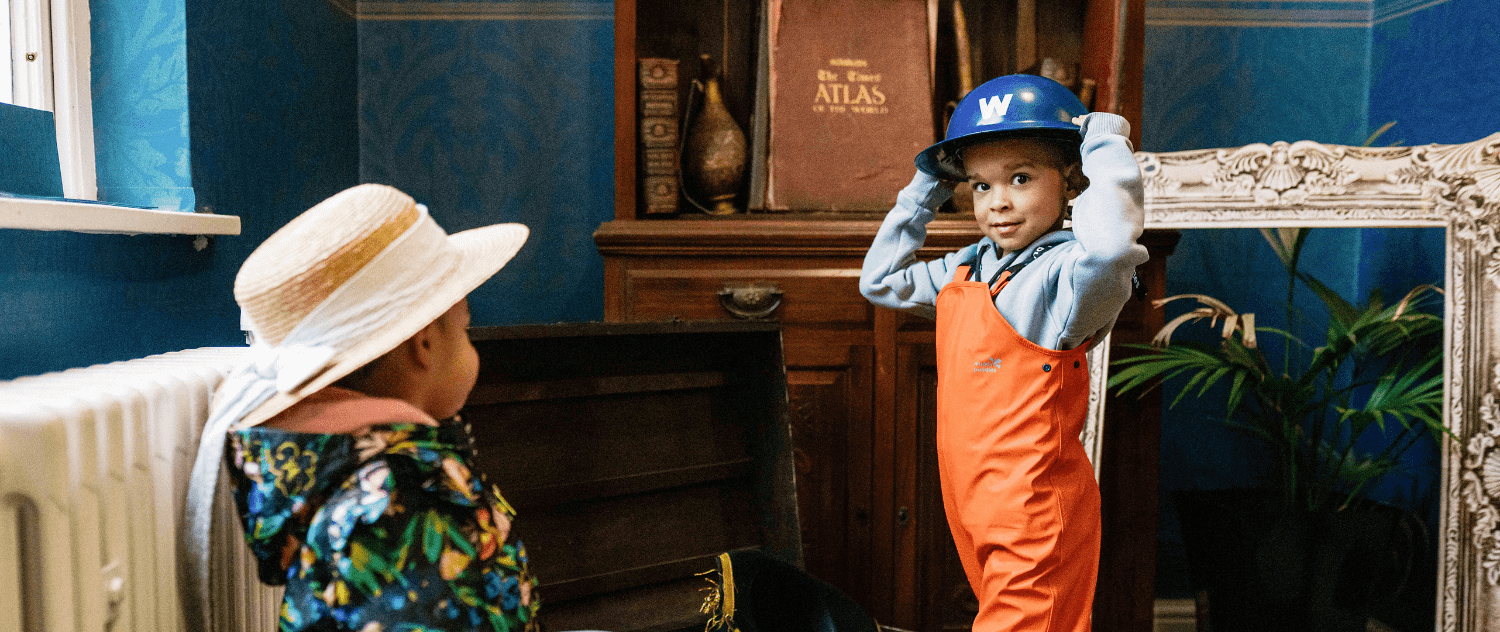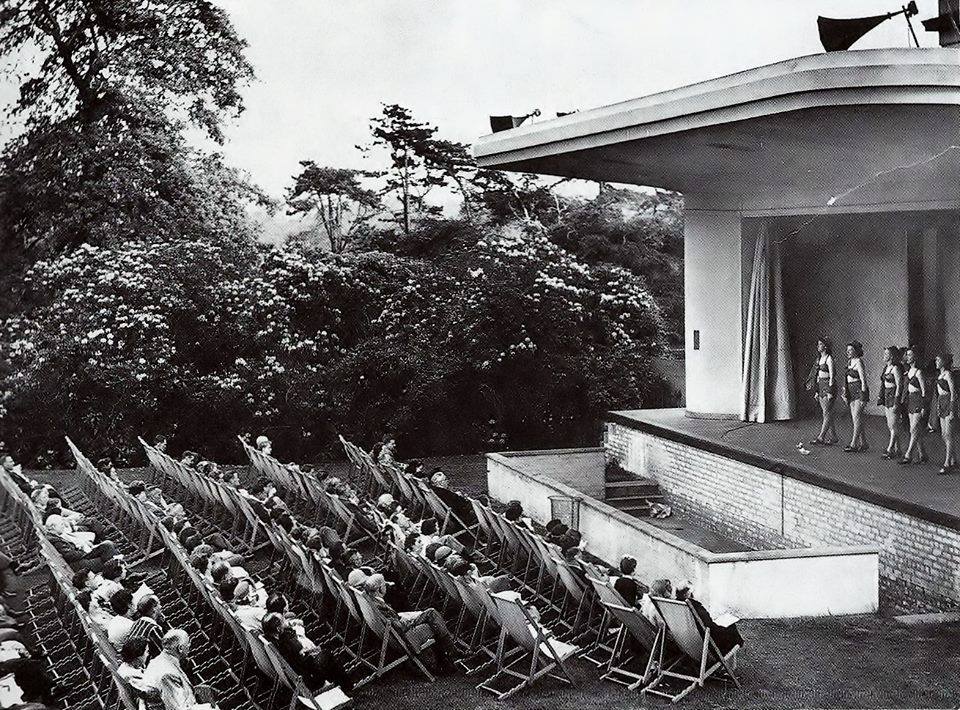The neo-classical Mansion House was built in 1828 for Joseph Need Walker, an owner of a local business which manufactured lead shot.In the almost 200 years since, it has had a rich history as a home to other families, a hub for local entertainment and council offices before becoming home to The Reader charity.
This exhibition explores the story of this iconic building and its connection to the history of the city, including the creation of Calderstones Park, connections to the Cunard shipping line, a WWII hero dog and John Lennon.
Our friendly Heritage Volunteers are on hand 10am – 4pm every day, and you can also explore a treasure trove of archive materials including letters, photographs and booklets which bring the history of the house to life.

Opening Hours
Monday to Sunday
Where to find us
Calderstones Park
Liverpool
L18 3JB
Hidden Heritage: Calderstones Park Guided Walk
Free, donations welcome
Second & fourth Wednesday of the month, 11.30am – 12.30pm
Open the door to the hidden stories of Calderstones with our free one-hour guided walk of the park’s most significant and surprising landmarks. Discover what makes the award-winning Allerton Oak so special, hear the heroic tale of Jet of Ida, find out what the Mansion House tells us about the park’s past, and much more.
find out moreHeritage Tour of the Mansion House
Free, donations welcome
Tuesdays, 2pm – 3pm
Join us on a guided tour to explore our home. Discover the history of the rooms through the ages, from how they were used when the building was a private residence, to how the council used them in the 20th century, and finally how they are used today.
find out moreTrails & Tales: Explore Calderstones Park with our interactive map
Embark on a journey of discovery and literary delight with Trails & Tales, our new digital park map. Choose between our Literature Trail or Heritage Trail, or create your own adventure by combining the two!
The map can be accessed by using your smartphone or tablet to scan QR codes on wooden posts located around Calderstones Park, which will bring up audio clips, photographs and shared memories of the park from days gone by.
The Heritage Trail takes around two hours to complete and the shorter Literature Trail takes around 50 minutes to complete.
Both trails are completely free to use and have been designed to appeal to audiences of all ages.
You can also explore the park and enjoy this fascinating content from the comfort of your own home – just click the link below to have a go!
Trails & Tales Interactive Park MapCalderstones Park and its links to slavery
The history of Liverpool is inseparable from the transatlantic slave trade. Between 1695 and 1807, 5,300 voyages left the port of Liverpool to participate in the trade, funded by the city’s merchants and ship owners. The profits they made were used to build many of the city’s historic mansions and public buildings. This has led many to wonder if the Mansion House at Calderstones Park has a link to the transatlantic slave trade.
As the current custodians of the Mansion House in Calderstones Park, Liverpool, we believe we have an important role in trying to help people understand the story of the Mansion and in sharing as much about its past as we can find out. By working with a local historian we have begun the process of researching the links that the building and the surrounding park have to slavery. Although there are still many unknowns, to help answer some of these questions, we’ve set out what we do and what we don’t know here.
The Garden Theatre
Outdoor theatre in Calderstones Park has its origins in the Holidays at Home scheme during World War II, when the local community was invited to enjoy open-air dance, musical and comedy productions in the park. These performances proved so popular that in 1947, an Art-Deco style theatre stage was added to the back of the Mansion House.
With funding from The National Lottery Heritage Fund, The Reader has restored the Garden Theatre and it once again welcomes the best theatre and performances from around the country. With further support from the Heritage Fund and a team of dedicated volunteers, we have been recording the memories and reminiscences of the Theatre with our local community.
This library of oral histories will ensure the survival of the intangible heritage of the Theatre, and help us understand its part in the history of Calderstones and in the lives of the people of Liverpool.
An anthology detailing the history of the Garden Theatre in full is available to purchase at The Reader Bookshop. This collection weaves literature and heritage together.
Explore our findings Listen to the podcast



